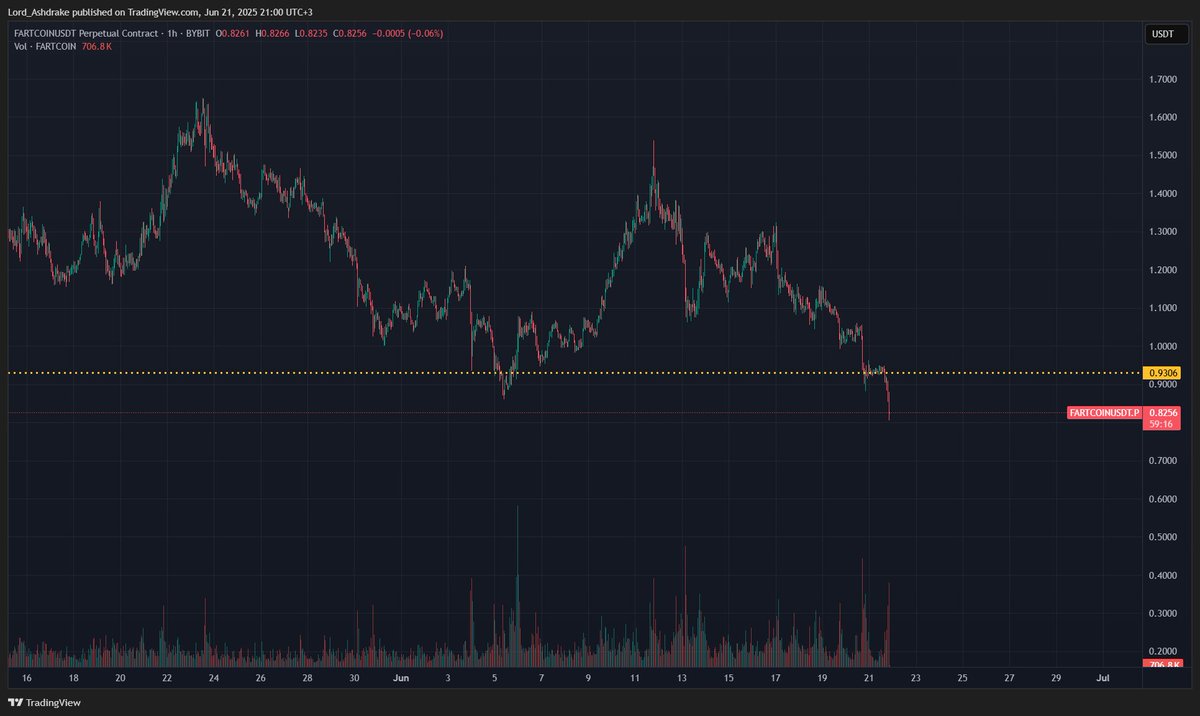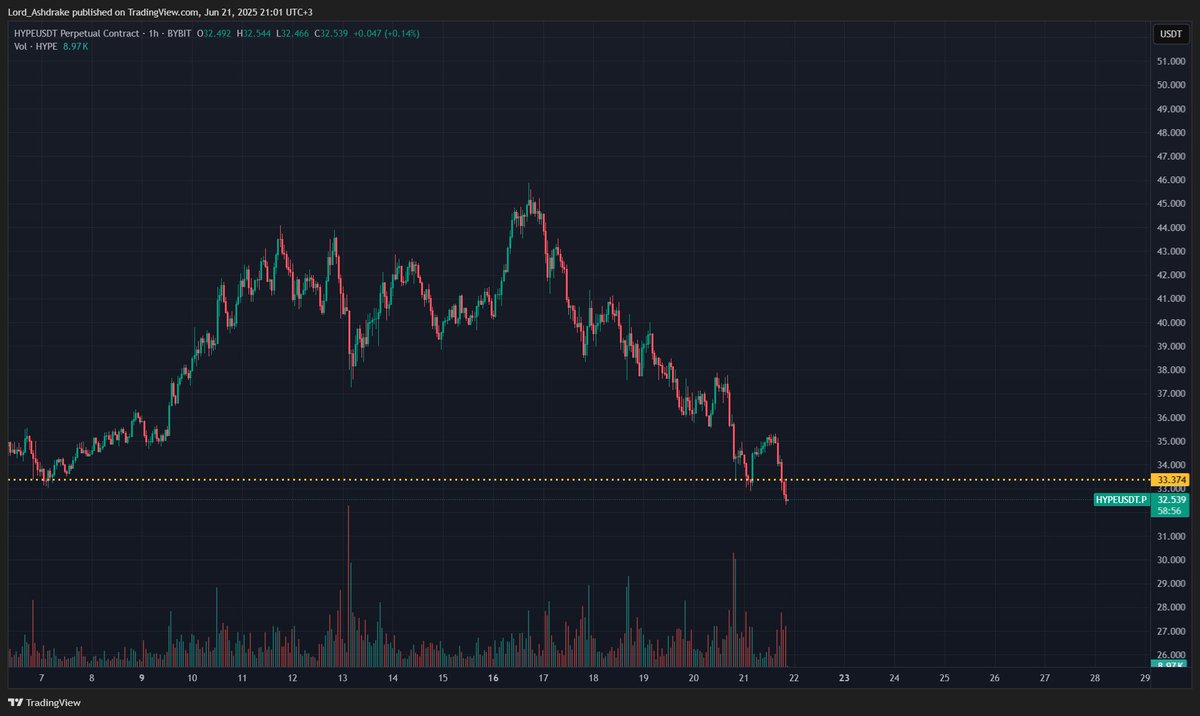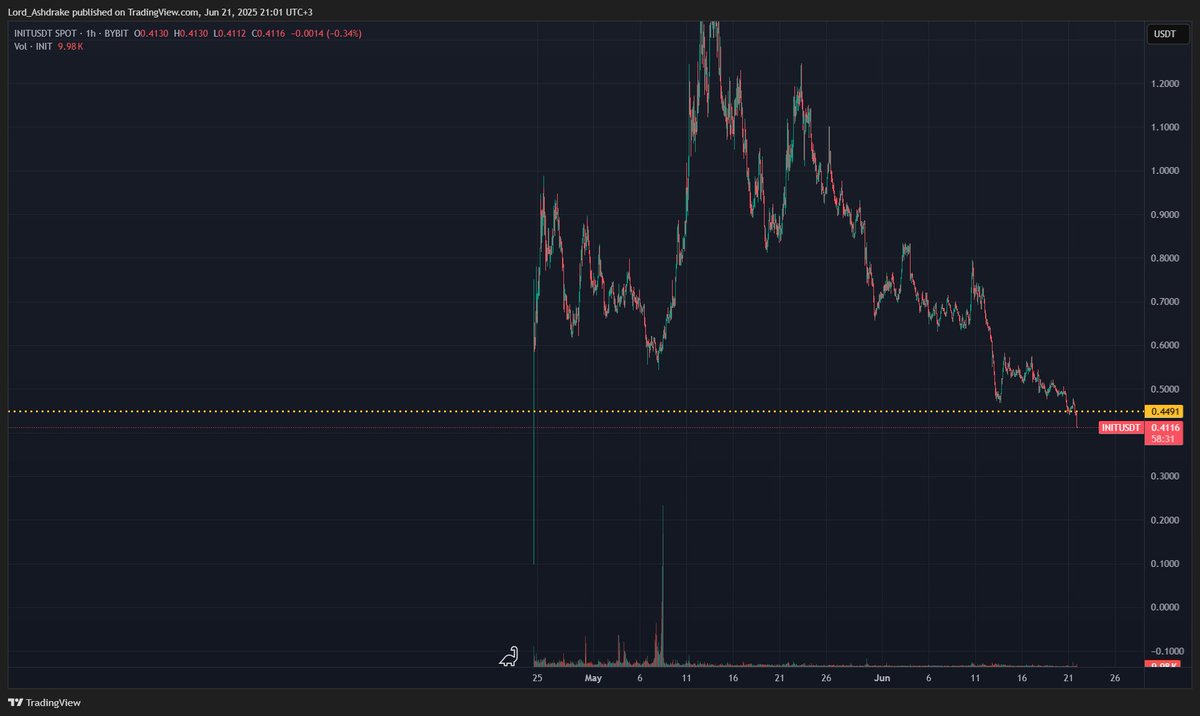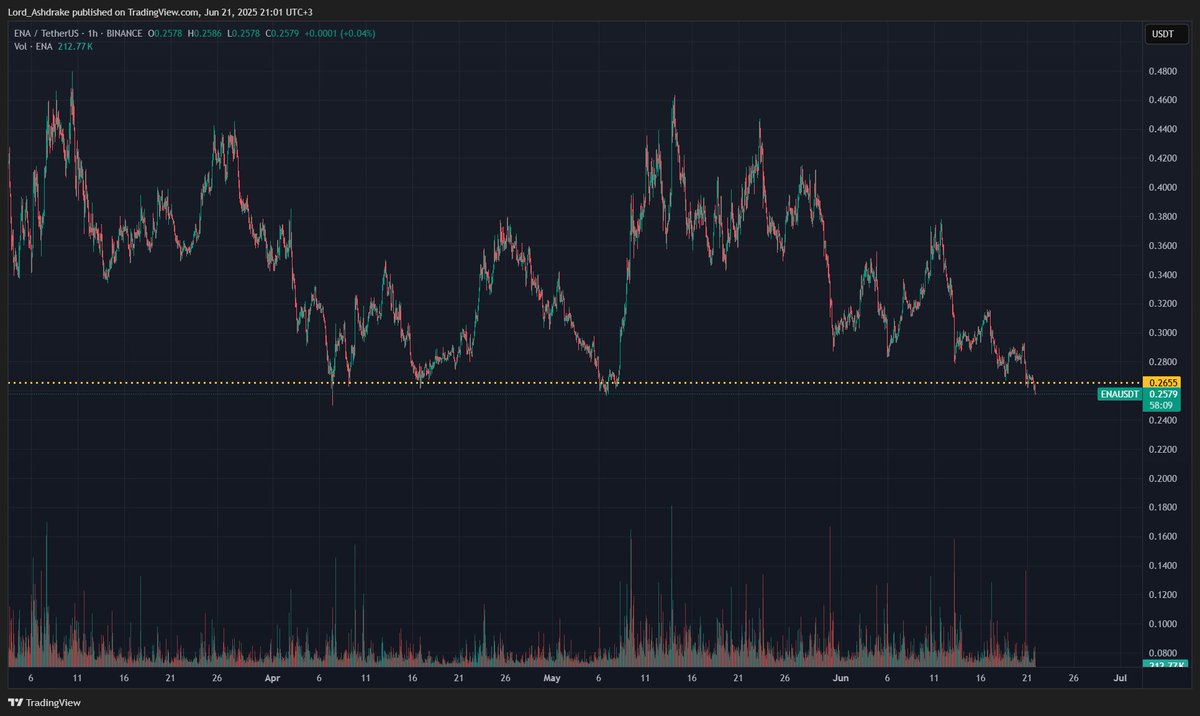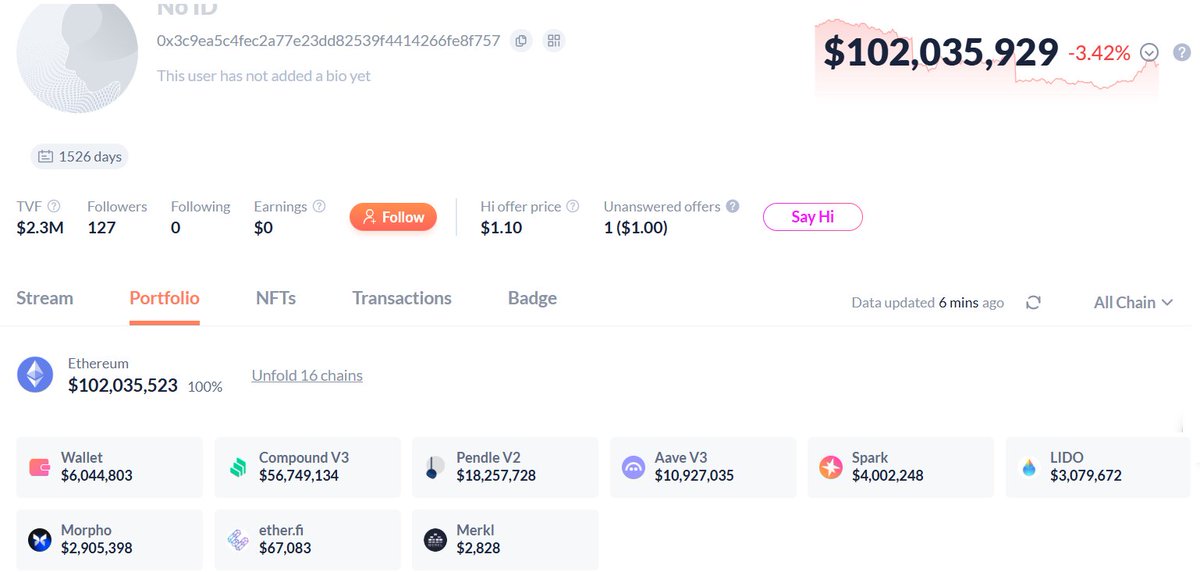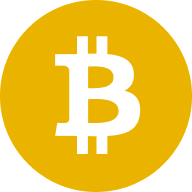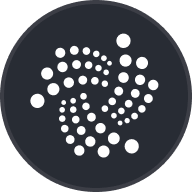
Cena Lido DAO

Zastrzeżenie
OKX nie udziela rekomendacji dotyczących inwestycji ani aktywów. Musisz dokładnie rozważyć, czy handel lub posiadanie aktywów cyfrowych jest dla Ciebie odpowiednie w świetle Twojej sytuacji finansowej. W przypadku pytań dotyczących konkretnej sytuacji skonsultuj się ze swoim doradcą prawnym, podatkowym lub specjalistą ds. inwestycji. Aby uzyskać więcej informacji, zapoznaj się z warunkami użytkowania i ostrzeżeniem o ryzyku. Korzystając z witryny internetowej strony trzeciej („TWP”), akceptujesz, że wszelkie korzystanie z TPW będzie podlegać warunkom TPW i będzie regulowane przez te warunki. O ile nie zostało to wyraźnie określone na piśmie, OKX i jego podmioty stowarzyszone („OKX”) nie są w żaden sposób powiązane z właścicielem lub operatorem TPW. Zgadzasz się, że OKX nie ponosi odpowiedzialności za jakiekolwiek straty, szkody i inne konsekwencje wynikające z korzystania z TPW. Pamiętaj, że korzystanie z TPW może spowodować utratę lub zmniejszenie Twoich aktywów. Produkt może nie być dostępny we wszystkich jurysdykcjach.
Informacje o rynku Lido DAO
Kapitalizacja rynkowa = Podaż w obiegu × Ostatnia cena

Lido DAO Feed



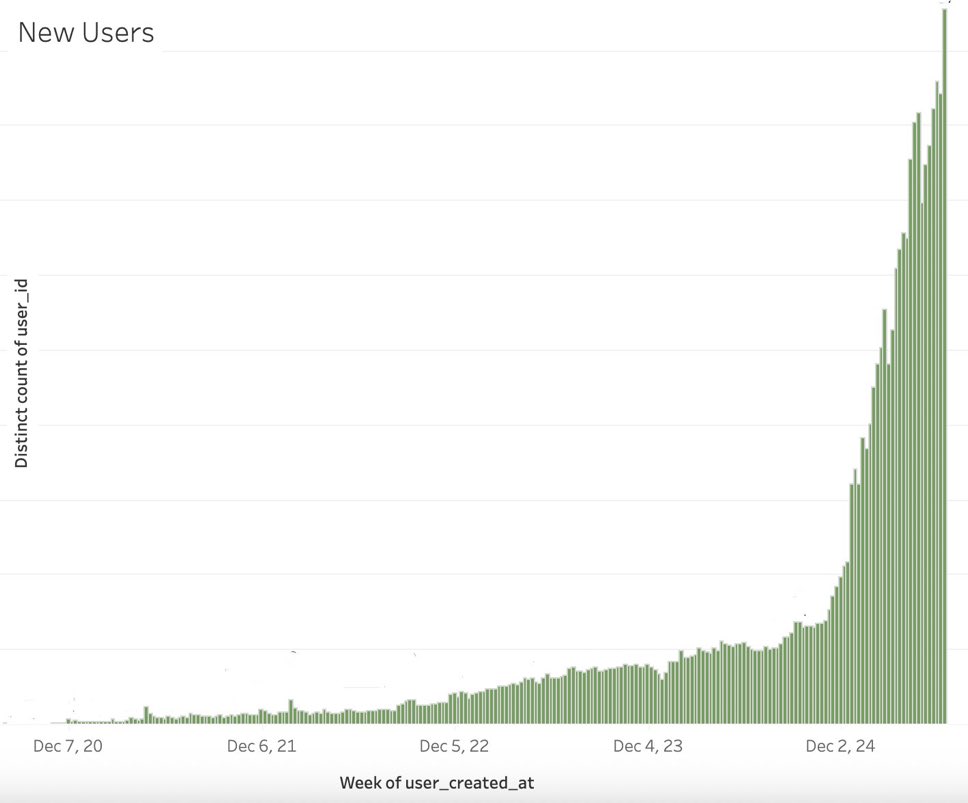


Kalkulator LDO


Wydajność ceny Lido DAO w USD
Popularne Lido DAO konwersje
| 1 LDO na USD | 0,63640 $ |
| 1 LDO na EUR | 0,55222 € |
| 1 LDO na PHP | 36,3843 ₱ |
| 1 LDO na IDR | 10 448,20 Rp |
| 1 LDO na GBP | 0,47404 £ |
| 1 LDO na CAD | 0,87475 $ |
| 1 LDO na AED | 2,3372 AED |
| 1 LDO na VND | 16 629,21 ₫ |
Informacje Lido DAO (LDO)
- Oficjalna strona internetowa
- Biała księga
- Github
- Eksplorator bloków
Najczęściej zadawane pytania Lido DAO
Lido to zdecentralizowany protokół oferujący płynne usługi stakingu dla różnych blockchainów Proof of Stake (PoS). Gdy użytkownicy obstawiają aktywa w Lido, otrzymują tokenizowane odpowiedniki swoich obstawionych tokenów w stosunku 1:1. Tokeny te pozostają płynne, umożliwiając użytkownikom korzystanie z nich na różnych platformach.
Lido pobiera 10-procentową opłatę od nagród za stakowanie. Pomimo tego, że niektórzy uważają to za wadę, stawka ta jest ściśle zgodna ze standardami branżowymi, dzięki czemu Lido jest konkurencyjne.
Tokeny LDO można łatwo kupić na platformie kryptowalutowej OKX. Terminal handlu spot OKX obejmuje parę handlową LDO/USDT.
Możesz również wymienić swoje istniejące kryptowaluty, w tym XRP (XRP), Cardano (ADA), Solana (SOL), i Chainlink (LINK), na LDO bez żadnych opłat i bez poślizgu cenowego za pomocą OKX Convert.
Ujawnienie ESG
Kalkulator LDO




